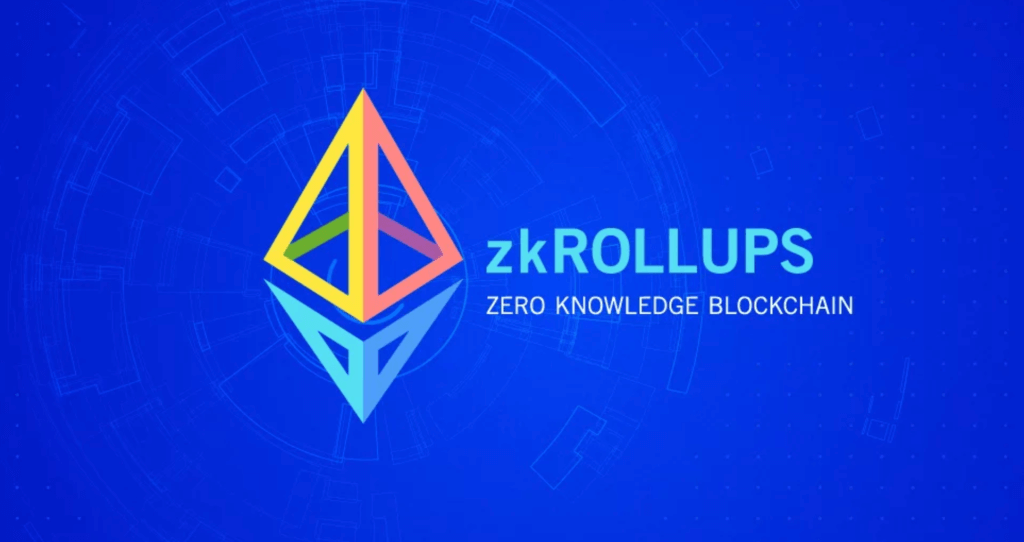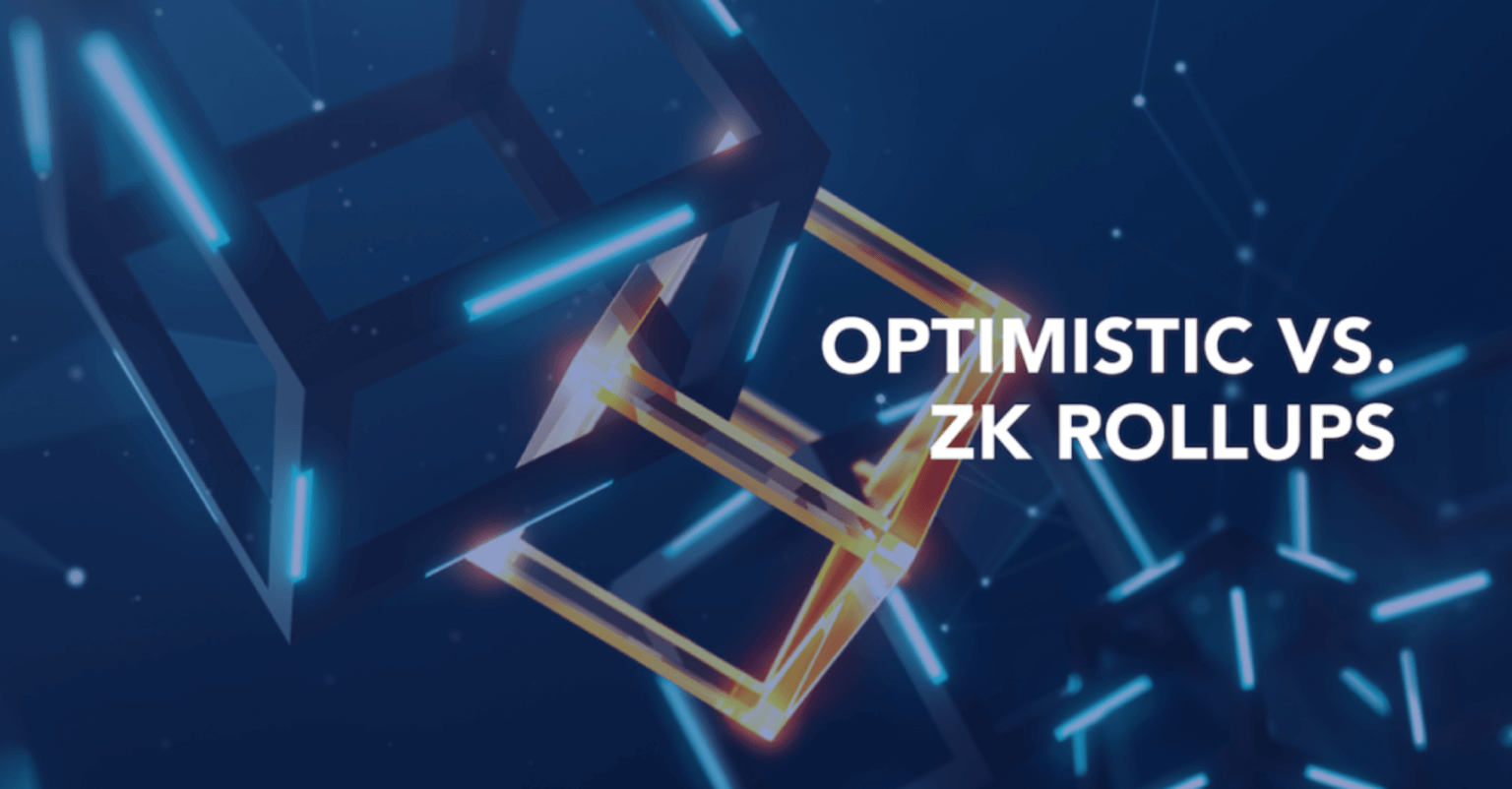Background:
In the article titled “Dawn of Hybrid Layer-2 Protocols,” Ethereum’s founder Vitalik Buterin expressed strong admiration for Rollup solutions, seeing them as a way to enhance scalability for smart contracts. This article delves into the concept of Rollup, its mainstream approaches, their pros and cons, and the potential future developments.
Introduction:
Rollup solutions have rapidly evolved in Ethereum’s Layer-2 scaling technologies. These technologies involve storing some funds on the main chain while executing some transactions off-chain, with data availability being a key challenge. State channels and Plasma sidechains were prominent Layer-2 approaches, but their progress has been slow due to data availability issues.
Rollup Emergence:
Rollup, a new approach, has gained attention. It “bundles” transactions and publishes them along with SNARK zero-knowledge proofs on-chain. This enhances security and provides a balance between efficiency and generality. Two main types of Rollup are ZK Rollup and Optimistic Rollup.
How Rollup Works:
Rollup’s core idea is publishing “bundled” transaction data on-chain to simplify transaction validity verification. Operators collect off-chain transactions, execute them on-chain via a Rollup smart contract, and verify their validity. ZK Rollup employs SNARK proofs for validation, while Optimistic Rollup relies on a cryptoeconomic validity game.
Security:
Rollup’s security relies on both data availability and transaction validity. This ensures that Rollup operators can’t compromise states or steal funds, even if participants don’t cooperate. Rollup anchors the Layer-2 network to the Ethereum main chain, securing transactions.
Scalability:
Rollup enhances scalability by batching off-chain transactions into a single on-chain transaction, which doesn’t require the execution of individual transactions on the main chain. While this improves scalability, gas costs associated with the data remain a limitation. ZK Rollup compresses transaction data using Merkle trees, whereas Optimistic Rollup introduces BLS aggregation signatures.

Latency:
Optimistic Rollup relies on a challenge period for transaction confirmation, causing delays. ZK Rollup has lower latency, especially with GPU acceleration. Both approaches can benefit from “instant tx receipts,” improving transaction confirmation time through economic incentives.
Generality:
Optimistic Rollup supports general smart contracts, while ZK Rollup is currently more limited, mainly supporting payment-related transactions. Efforts like the ZEXE virtual machine aim to enhance ZK Rollup’s generality.
ZK Rollup and Optimistic Rollup offer different trade-offs in terms of scalability, latency, generality, and security. Optimistic Rollup’s immediate appeal to developers may shift as ZK Rollup’s generality improves. The ultimate dominance of either approach in addressing smart contract scalability will unfold over time.
